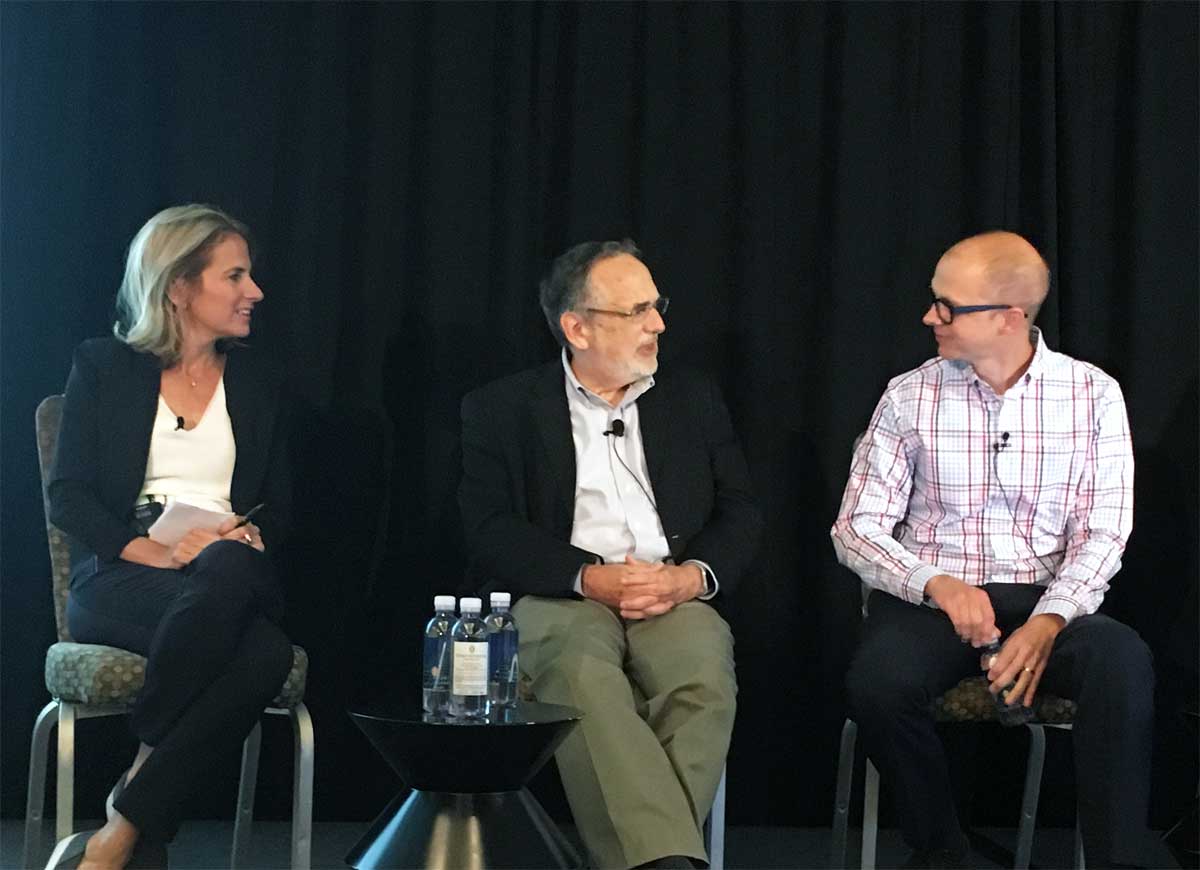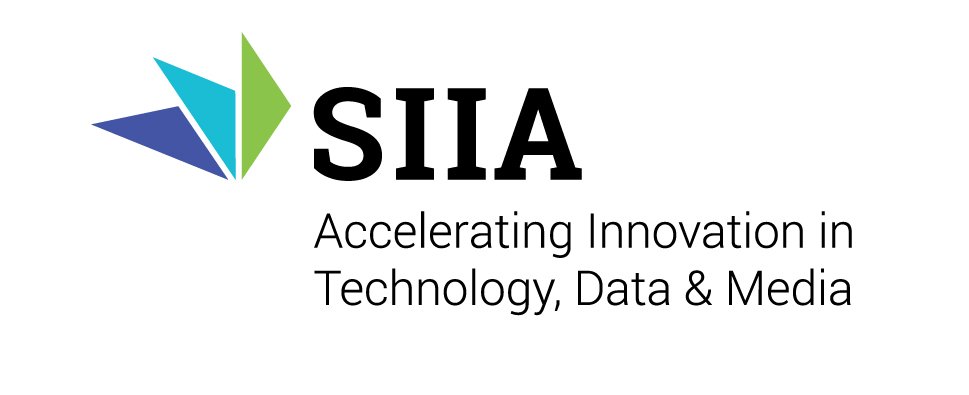Updated Research Guidelines Will Improve Education Technology Products and Provide More Value to Schools
Recommendations include 16 best practices for the design, implementation, and reporting of Usable Evidence for Educators
Palo Alto, CA (April 25, 2018) – Empirical Education Inc. and the Education Technology Industry Network (ETIN) of SIIA released an important update to the “Guidelines for Conducting and Reporting Edtech Impact Research in U.S. K-12 Schools” today.
Authored by Empirical Education researchers, Drs. Denis Newman, Andrew Jaciw, and Valeriy Lazarev, the Guidelines detail 16 best practices for the design, implementation, and reporting of efficacy research of education technology. Recommendations range from completing the product’s logic model before fielding it to disseminating a study’s results in accessible and non-technical language.
The Guidelines were first introduced in July 2017 at ETIN’s Edtech Impact Symposium to address the changing demand for research. They served to address new challenges driven by the accelerated pace of edtech development and product releases, the movement of new software to the cloud, and the passage of the Every Student Succeeds Act (ESSA). The authors committed to making regular updates to keep pace with technical advances in edtech and research methods.
“Our collaboration with ETIN brought the right mix of practical expertise to this important document,” said Denis Newman, CEO of Empirical Education and lead author of the Guidelines. “ETIN provided valuable expertise in edtech marketing, policy, and development. With over a decade of experience evaluating policies, programs, and products for the U.S. Department of Education, major research organizations, and publishers, Empirical Education brought a deep understanding of how studies are traditionally performed and how they can be improved in the future. Our experience with our Evidence as a Service™ offering to investors and developers of edtech products also informed the guidelines.”
The current edition advocates for analysis of usage patterns in the data collected routinely by edtech applications. These patterns help to identify classrooms and schools with adequate implementation and lead to lower-cost faster turn-around research. So rather than investing hundreds of thousands of dollars in a single large-scale study, developers should consider multiple small-scale studies. The authors point to the advantages of looking at subgroup analysis to better understand how and for whom the product works best, thus more directly answering common educator questions. Issues with quality of implementation are addressed in greater depth, and the visual design of the Guidelines has been refined for improved readability.
“These guidelines may spark a rebellion against the research business as usual, which doesn’t help educators know whether an edtech product will work for their specific populations. They also provide a basis for schools and developers to partner to make products better,” said Mitch Weisburgh, Managing Partner of Academic Business Advisors, LLC and President of ETIN, who has moderated panels and webinars on edtech research.
Empirical Education, in partnership with a variety of organizations, is conducting webinars to help explain the updates to the Guidelines, as well as to discuss the importance of these best practices in the age of ESSA. The updated Guidelines are available here: https://www.empiricaleducation.com/research-guidelines/.





